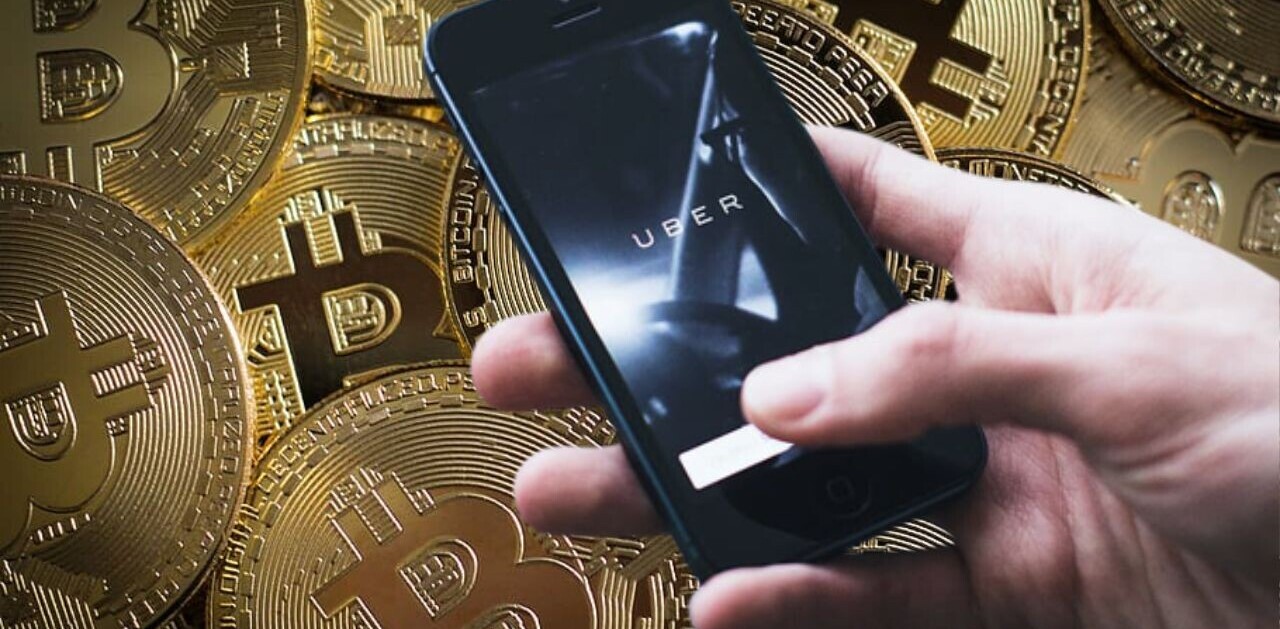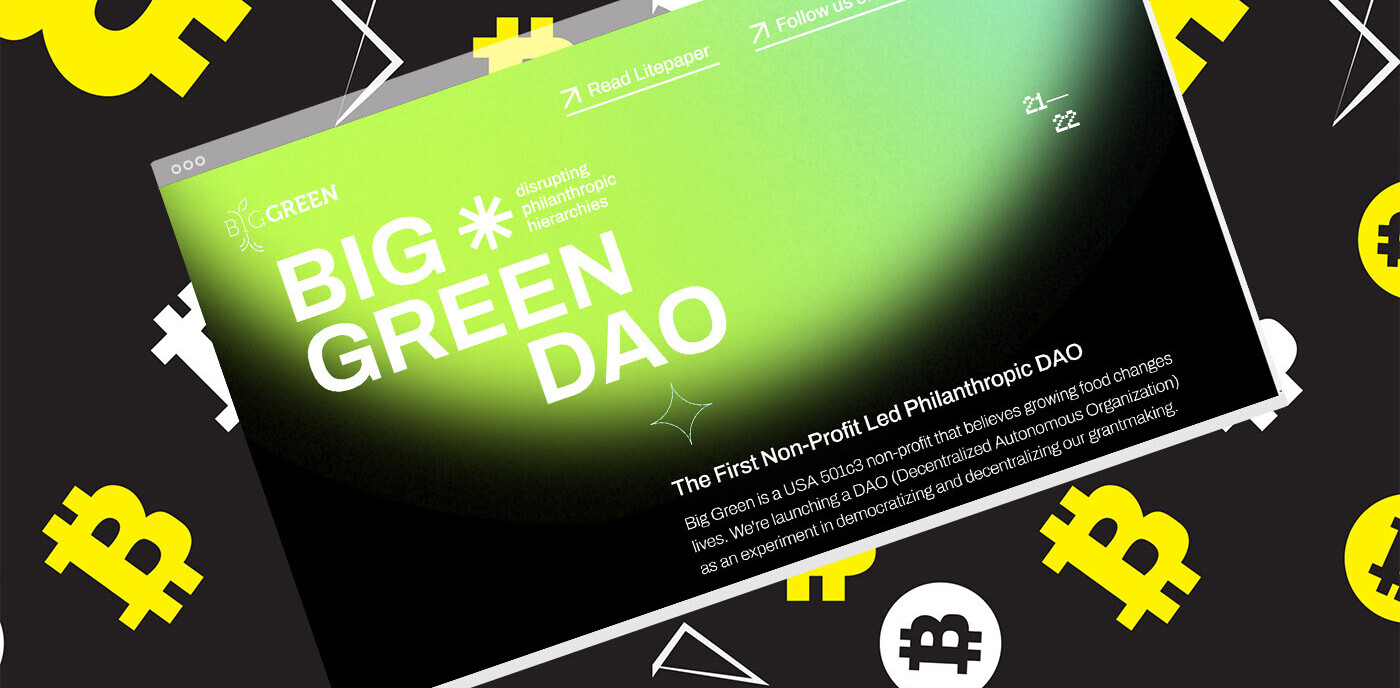
Luis Buenaventura is Head of Product at Satoshi Citadel Industries, a Bitcoin startup operating out of the Philippines.
Bitcoin advocates often emphasize that the cryptocurrency’s greatest impact will be on the “other 6.5 billion” people who have otherwise been excluded from modern financial tools and services. But far from being the magic bullet that Bitcoin appears to be on paper, bringing it to the mainstream in the developing world involves a multi-disciplinary initiative capable of surmounting some significant challenges.
Just last month, the Philippines gave birth to its 100 millionth citizen, a baby girl named Chonalyn. The headcount was largely symbolic; in truth, about a hundred other babies were being born at the same time around the country. It was however no accident that the press conference announcing the birth was held at Jose Fabella Hospital in Manila, a state-run center known for crowding mothers and their newborns five to a bed.
The population is growing by three babies per minute, and with the low-income brackets accounting for over 90 percent of our citizenry, it’s not altogether surprising that so many of us have to leave in order to find a reasonable wage. Indeed, the Philippines is the eighth largest source of immigrants in the world, and the third largest in terms of sending remittances back home. The flow of funds from the fifty or so nations where the Filipino diaspora has presence comes to about 10 percent of our country’s GDP.
You couldn’t write a more appropriate problem case for Bitcoin.
With the average remittance cost from the US to the Philippines at 5.3 percent, Bitcoin is seemingly poised to crush the competition. That this isn’t already the case might be surprising to some (Bitcoin remitters in the Philippines have lowered that cost to just 1%), but the situation is actually far more complex than it appears on the surface.
Offline and face-to-face
With over 10 million Filipinos currently living outside the Philippines, spreading awareness about a Bitcoin-based alternative is no small task. The diaspora is scattered across many different regions, professions, and contexts, thus making a single broad educational campaign untenable.
Any promotions espousing the benefits of Bitcoin-powered remittance (more succinctly, “rebittance”) need to leverage the face-to-face nature of our various communities. Filipino migrant workers regularly congregate in parks, malls (Lucky Plaza in Singapore, World-Wide House in Hong Kong, as primary cases in point), and city squares around the world on the weekends, which will force most efforts to go offline with their delivery.
These environments were once described to me as “Sunday moshpits,” with a breathtaking number of people crammed into a single commercial venue for a single day to trade and socialise.
Within these “moshpits” operate a variety of small hyper-local remittance kiosks that cater exclusively to these city-specific hot spots. Most of them charge flat fees (anecdotally, US$5-6 for transactions of under $3,000) coupled with a small profit margin on the exchange rate (between 1 and 1.5 percent).
When measured against these smaller competitors, the 1 percent transaction fee that crypto-powered remittance providers offer may not be perceived as a significant advantage. This is especially the case when one considers the inconvenience of actually exchanging your local currency for BTC in the first place.
Exchanging via BTMs
In the US and some EU countries, customers may be able to fund their Bitcoin wallets via a Coinbase-connected bank account, but in other areas the answer is not as straightforward. And if you can’t get BTC, then you can’t use it to make remittances.
The rise of Bitcoin ATMs (informally, BTMs) is a critical piece to this puzzle, as they provide a practical means of exchange that also happens to be highly visible to the general public. They represent hard focal points for Bitcoin interest in cities where the cryptocurrency is still largely an abstract concept for most people.
In truth, the single most important move that rebittance providers could make is to create partnerships with all the BTM installations around the world, ensuring that both the primary method for BTC acquisition, and the primary use case for Bitcoin are sitting right next to each other in the proverbial strip mall kiosk.
From USD to BTC to PHP
Once the BTC has been acquired by a customer, they fill out a recipient information form, aim it at the rebittance provider’s QR code, and bits come flying out of their wallet. The active part of the process (filling out the form and interacting with your wallet app) is a straightforward, 1-2 minute process. The passive part, waiting for that first blockchain confirmation, may take up to 10 minutes, but once it’s done, the sender needs only to sit back and wait for additional alerts via email.
Therein lies the magic of Bitcoin remittance. The transfer of funds has occurred through a publicly-shared resource — the blockchain network — and thus incurs none of the arbitrary costs associated with centralised systems such as Western Union, or Xoom, or good old ACH. Indeed, the direct cost of Bitcoin transfers is so small (about 4 US cents) that most businesses will simply absorb it.
Once the rebittance provider has confirmed the BTC transfer, the problem morphs into one of logistics. BTC has indeed made its way from the customer’s wallet to the provider’s, but the final recipient of the money transfer is expecting Philippine Peso.
To fulfil this, the provider exchanges the Bitcoin again, but this time for PHP, and then delivers it to the specified recipient. Sometimes this is as straightforward as making a deposit at a local bank, sometimes it involves working with local pawnshop cum payout centers, and still other times, it means engaging a delivery partner to take the funds directly to someone’s doorstep.
Rebittance as savings
The Filipino population is projected to double within the next 42 years — in about the same time it’ll take to spawn two new generations — and the strategies for providing education and healthcare for the next 100 million people are best described as a series of increasingly urgent question marks. Education currently accounts for about 12 percent of the country’s entire national budget for 2014 (US$6 billion out of US$50 billion), a ratio that seems reasonable until you look at the absolute figures.
With about half of our population currently between the ages of 5 and 20, this implies a public education budget allocation of just US$15 per youngster per school month. (Comparatively, the United States set aside US$68 billion for its own youth population in the same year.)
Rebittance doesn’t address this issue directly, but rather seeks to optimise the private sector’s money transfer activities with the aim of freeing up more funds for other expenses — education and healthcare being at the forefront.
With the average Filipino remittance amount at US$250 per month, it’s likely that our collective activities in the Bitcoin industry will result in a savings of US$5 to US$8 per rebittance (or US$60 to US$100 per year). It isn’t a huge amount, but it is enough to cover the peripheral costs of public school attendance such as transportation and materials.
Whether or not the average low-income Filipino parent will make the “correct” decision and spend those savings in the right place is, ironically, a question of proper education, but the first step on this long road is to make those savings possible. Bitcoin’s core promise has always been that of financial freedom, and once we’ve checked off that rather significant box, we can move on to the really world-changing stuff.
Get the TNW newsletter
Get the most important tech news in your inbox each week.








